https://kenrockwell.com/minolta/maxxum/50mm-f28.htm
Minolta Maxxum 50mm f/2.8 (55mm filters, 11.1 oz./315 g, about $200 used if you know How to Win at eBay; I paid only $159 for this one for instance). My biggest source of support is when you use this link directly to them at eBay, or use any of these links when you get anything, regardless of the country in which you live. Please always use these links when getting any of your gear so I can continue to share what I know for free — but I receive nothing for my efforts if you buy elsewhere. Thank you for your support! Ken.
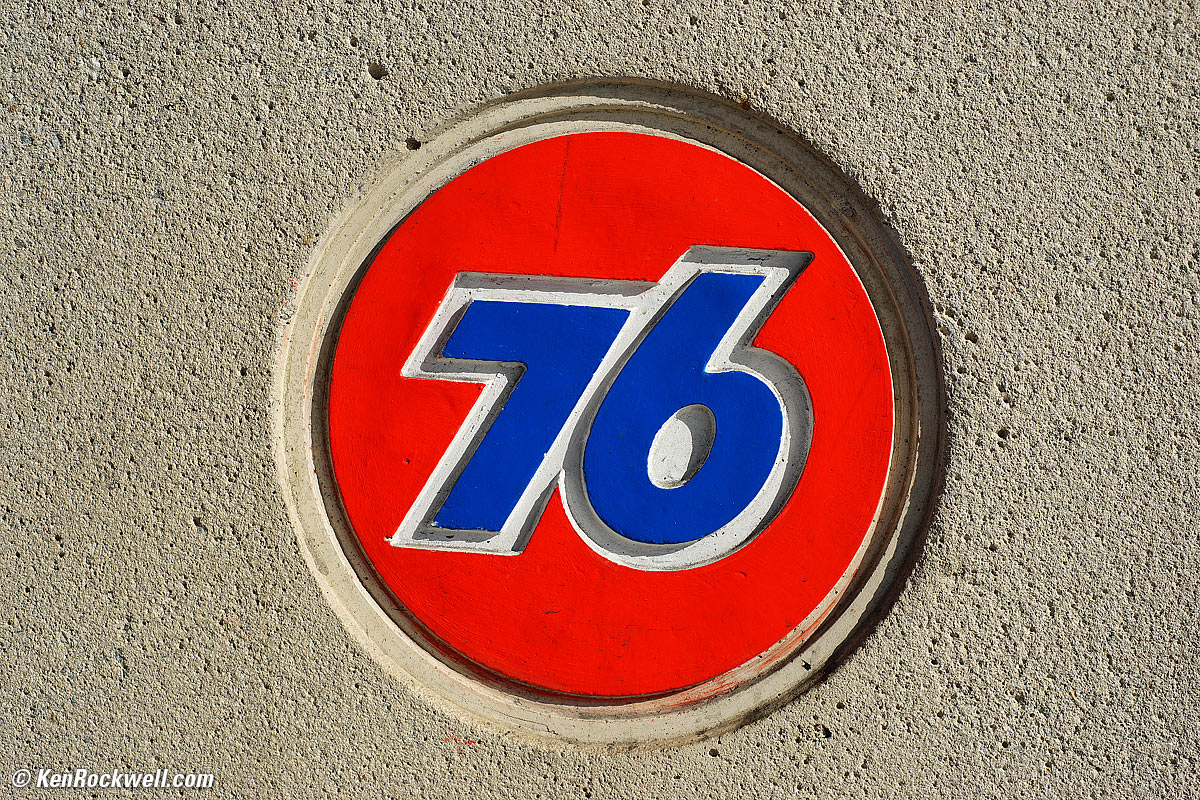
Unocal, 13 December 2013. 2013 Sony A7, Sony LA-EA4 adapter, 1985 Minolta MAXXUM 50mm f/2.8 Macro, 1/500 at f/8 at Auto ISO 100. Camera-original © file.
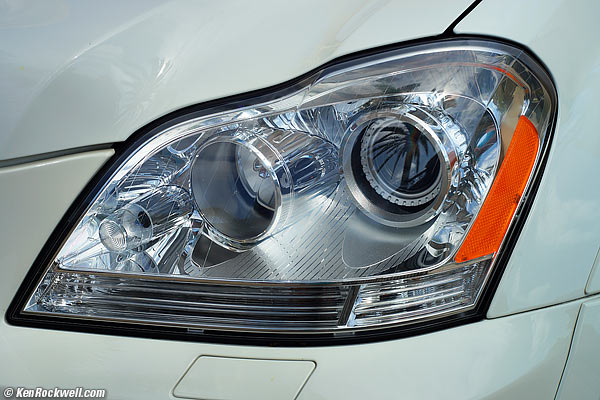
GL550. (Sony A99, Minolta MAXXUM AF 50mm f/2.8, f/9 at 1/320 at Auto ISO 100.) Full-Resolution.
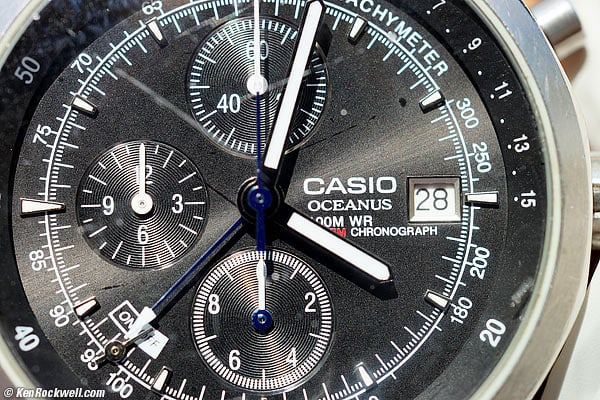
Casio Oceanus at 1:1. (Sony A99, Minolta MAXXUM AF 50mm f/2.8, f/5.6 at 1/160 at Auto ISO 100.) Full-Resolution. Note: the curved watch crystal degrades the image of the watch face.
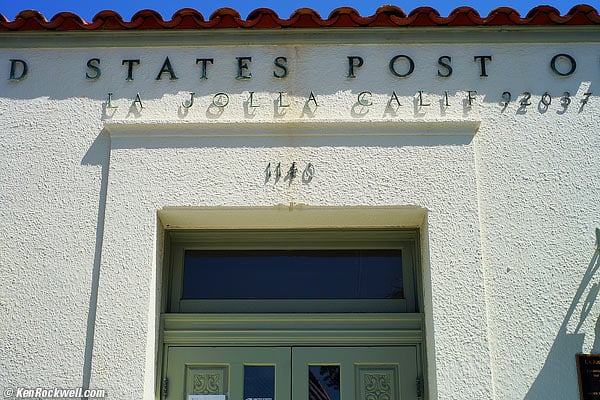
La Jolla Post Office, 29 May 2013. (Sony A99, Minolta MAXXUM AF 50mm f/2.8, f/8 at 1/320 at Auto ISO 100.) Full-Resolution.
Katie and her hat from school, 29 May 2013 (Sony A99, Minolta MAXXUM AF 50mm f/2.8 Macro, f/13 at 1/160 at Auto ISO 100, Sony HVL-F20AM flash, Athentech Perfectly Clear plug-in.) bigger.
June 2013 Minolta Sony Pentax Nikon Canon All Reviews Better Pictures
Why fixed lenses take better pictures.
Sony 50mm f/2.8 Macro (same optics as this lens).
Introduction top
Intro Specifications Performance Compared Recommendations
|
Adorama pays top dollar for your used gear. |
It works perfectly on the Sony A99, except that the AF-D Depth Map AF (whatever that is) and the automatic lens corrections don't work. So what, the images look great and everything else works, like face recognition and all the focus modes including Direct Manual Focus (DMF) override, so all is well.
This Minolta has a plastic exterior, but does have a metal mount and metal focus ring.
This is a full-frame lens for 35mm film and full-frame digital, and will be reviewed thusly. Feel free to use this on cropped-frame cameras, too.
This is the world's first autofocus macro lens, introduced with the Minolta MAXXUM 7000.
This is also the world's first lens that can focus continuously from infinity to 1:1 life-sized. It uses a three-group floating optical system.
History
1985-1993
This is the world's first autofocus macro lens. I am reviewing this version specifically.
1993-2000
Minolta added a rubber focus ring and a focus lock button in 1993.
It has exactly the same optics.
I don't know if the barrel is still solid alloy or not.
Casual amateurs call this the "Restyled" or "RS" version. Minolta doesn't use these words.
1995-?
Minolta offered a cheaper f/3.5 50mm macro lens.
It has nothing to do with the f/2.8 lenses reviewed and discussed here, and I will mention it no more in this review.
2001-2006
Minolta added distance encoding to the 1993 version and added a "G" to the marketing name.
It also has exactly the same optics as the 1985 version.
2006-today
Sony bought Minolta in 2006, and changed the name to Sony.
I has the same optics as the 1985 version and the same buttons as the 1993 version.
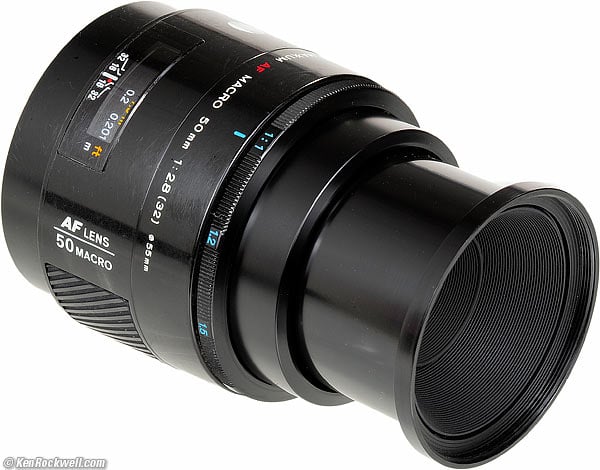
Minolta Maxxum AF 50mm f/2.8 at closest 1:1 distance (0.2 meters). enlarge.
Specifications top
Intro Specifications Performance Compared Recommendations
Name top
Minolta calls this the MAXXUM AF 50mm f/2.8 (32).
MAXXUM is Minolta's autofocus brand, called Dynax outside the US.
The (32) is the smallest f/stop.
Note on this lens the original form of the MAXXUM name, with overlapping Xs.
Optics top
7 elements in 6 groups.
"Double Floating System," with three different groups of
elements moving around to provide optimum performance at every
magnification from infinity to 1:1.
Coated mostly in blue, with a green multicoated surface or two.
Diaphragm top
Minolta 50mm f/2.8 at f/32. bigger.
7 straight blades.
Stops down to f/32.
Non-compensating system. We lose 1-2/3 stops of
light at 1:1, and the camera still tells us that this is an f/2.8 lens
— even though it's really only an f/5 lens at 1:1.
Coverage top
35mm film, full-frame and smaller format digital.
Focal Length top
50mm.
When used on an APS-C style camera, sees an angle of view similar to what a 80mm lens sees when used on a full-frame or 35mm camera.
Angle of View top
46.7º on full-frame.
Close Focus top
0.656 feet (0.2 meters or 7.87 inches) from the image plane.
Working Distance top
About 2 inches (50mm) from the front of the lens!
Maximum Reproduction Ratio top
1:1 (1.0 x life size).
Hard Infinity Focus Stop? top
Yes.
This is great for astronomy; just turn to the stop and you have fixed laboratory-perfect focus all night.
Focus Scale top
Yes.
Depth-of-Field Scale top
Yes, but abbreviated.
Infra-Red Focus Index top
Yes.
Aperture Ring top
No.
Filter Thread top
55mm.
Does not rotate.
Size top
2.66" (67.5mm) diameter by 2.36" ~ 3.94" (60 ~ 100 mm) extension from flange.
It gets longer as focused more closely.
Weight top
11.125 oz. (315.4 g), actual measured.
Minolta specifies 10.9 oz. (310g).
Hood top
No hood is needed; the lens is very deeply set inside its own conical baffle.
Caps top
55mm snap-in front cap and standard MAXXUM rear cap.
Quality top
Made in Japan.
Minolta Product Number top
25641.
Price, USA top
About $200 used if you know How to Win at eBay.
People pay from $130 to $290 for them in 2013.
Performance top
Intro Specifications Performance Compared Recommendations
Overall performance top
The Minolta 50mm f/2.8 works very well, especially on a Sony A99, with ultra-fast autofocus and great sharpness.
It's sharp, but not as sharp as Nikon's similar 55mm f/2.8 AF Micro NIKKOR.
Autofocus performance top
AF Speed
AF speed is ultra fast, with one full turn (two
half-turns) of the AF screw bringing it from infinity down to 2.5 feet.
This is twice as fast as the new Sony 50mm f/1.4, for instance.
The 50 macro has to cover a lot of ground with its
huge focus range, and it does so quickly. On an A99 or MAXXUM 7000, it
will rack itself all the way from one stop to the other without much
waiting.
AF Accuracy
On the Sony A99, focus is great; I don't need any AF fine-tuning.
Manual Focus
Manual focus is fast; a 180º turn of the ring brings you from infinity to 1:1.
It's fast, but not that precise for general use; it's perfect for macro use.
Distortion performance top
The Minolta 50mm f/2.8 has no visible distortion.
For scientific use, what little distortion it has can be corrected by using these factors in Photoshop's lens distortion filter:
On full-frame
|
|
∞
|
-0.5
|
10' (3m)
|
-0.9
|
© 2013 KenRockwell.com. All rights reserved.
Ergonomics (handling and ease-of-use) performance top
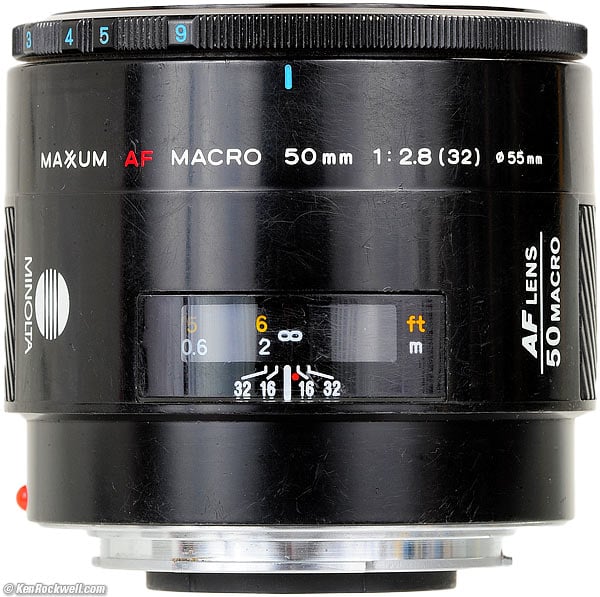
Minolta 50mm f/2.8.
Ergonomics are easy; the whole lens is a handle for mounting and unmounting.Swapping between auto and manual focus requires moving a switch on the camera, or maybe using the Sony A99's DMF mode, any of which can be a big pain depending on your camera.
Falloff (darkened corners) performance top
The Shading Correction in the Sony A99 probably doesn't recognize this lens; I leave it OFF.
I've exaggerated the falloff by shooting a gray field and placing these on a gray background.
Minolta AF 50mm f/2.8 falloff on full frame and 35mm, no correction:
© 2013 KenRockwell.com. All rights reserved.
|
Filters, use with performance top
There is no problem with vignetting on full-frame with any normal filter, or even two stacked filters.The filter ring doesn't rotate.
Flash Exposure performance top
This original 1985 Minolta MAXXUM AF 50 apparently
has distance encoding, and gives great exposure with flash, even shot
into a mirror with the flash shining back at itself.

Rockwell in the mirror. (Sony A99, Minolta MAXXUM AF 50mm f/2.8, f/5 at 1/100 at Auto ISO 100, Sony HVL-F20AM flash.)
Focus Breathing performance top
Of interest mostly to cinematographers focusing back and forth between two subjects, the image of a fixed subject continuously gets larger as the lens is focused from infinity to 1:1.
Ghosts performance top
Ghosts are no problem with this multicoated lens, even on the complex Sony A99 which has all sorts of internal mirrors in the optical shooting shooting path.
Here's looking directly into the disk of the sun, which was blinding in person:
Minolta 50mm f/2.8 at f/8. enlarge.
If you go as far out of your way as I did here,
there is a slight green blob opposite the sun, and more commonly seen, a
small blue blob just outside the light source.
I'm unsure if the veiling flare seen here is from the lens, or from the fixed mirror in the optical path of the Sony A99 on which I shot this.
No hood is needed; the lens barrel is already deeply conical.
Lateral Color Fringes performance top
None, on an uncorrected 24 MP Sony A99.
It gets to 1:1, meaning something 24 x 36mm fills your image on full-frame, or something 16 x 24mm fills your image on smaller-format digital cameras.
It's super-sharp throughout most of the image, even at f/2.8, if you're in perfect focus.
I expected this; this is what macro lenses do.
The real problem is that no 50mm lens is good for macro, unless you're copying slides. Otherwise at 1:1, there is only two inches (5 centimeters) between your subject and the front of the lens, so you can't get light in.
For more serious macro, use the Minolta MAXXUM 100mm f/2.8 Macro instead.
Mechanics and Construction performance top
Minolta 50mm f/2.8 Macro. enlarge.
The Minolta 50mm f/2.8 is typical 1980s plastic.
Filter Threads and First Barrel
Plastic.
Inner Barrel (seen only as front extends)
Metal.
Focus Ring
Solid metal with engraved magnification numbers.
Barrel Exterior
Plastic.
Identity Ring
None; painted on barrel.
Depth-of-Field Scale
Yes.
Aperture Ring
None.
Mount
Chromed metal.
Barrel Markings
Paint.
Mounting Index Dot
Red plastic ball.
Serial Number
Engraved into bottom of barrel and filled with paint.
Moisture seal at mount
No.
Noises When Shaken
Lots of high-pitched rattling.
Made in
Japan.
Sharpness performance top
Yes, it's very sharp if you stop down, duh. Image sharpness depends more on you than your lens, and lens sharpness doesn't mean much to good photographers.
The MAXXUM 50mm's biggest limitation is softness at the sides and corners wide-open.
As shot on the full-frame 24MP Sony A99:
At f/2.8
The center is already extremely sharp.
The sides and corners are dark and somewhat blurrier. The Nikon 55mm AF is far superior.
At f/4:
The center is perfect, and the sides and corners are now much lighter — but not any sharper.
At f/5.6:
The sides and corners are better than at f/4.
At f/8
f/8 is even sharper at the sides and corners.
At f/11
f/11 is optimum; the sides are very sharp. (The center has been sharp at every aperture.)
At f/16
It's softer all over; diffraction is limiting performance.
At f/22
It's softer all over; diffraction is limiting performance.
At f/32
It's softer all over; diffraction is significantly limiting performance if you don't need it for depth of field.
Spherochromatism performance top
Spherochromatism, sometimes mistakenly called
"color bokeh" by laymen, is a minor aberration which can add slight
color fringes to out-of focus highlights in fast, long lenses.
This lens is neither fast nor long, and I see no spherochromatism.
Sunstars performance top
Sunstar on The Star at f/8.
Crop from above Sony A99 1.4x crop image at 100%.
With its conventional 7-bladed diaphragm, the AF 50/2.8 makes great 14-pointed sunstars on brilliant points of light, even at larger apertures. Bravo!
Survivability performance top
This Minolta 50mm f/2.8 is from 1985 and is still working
perfectly today in 2013 after having been bought from a random stranger
on eBay.It has no motors and no encoders, except maybe a distance encoder. There is nothing critical to go wrong that a good repairman can't fix. The only electronics are a ROM chip that should not wear out unless you go doing something stupid, like trying to take it apart.
It is perfectly normal for the rubber grip on the barrel to turn white from lack of use. The whiteness rubs off with use; a white looking barrel means a lens that hasn't been used much.
Therefore unlike many AF lenses today, this 50 AF Macro ought to last last for plenty of more decades of great pictures.
Compared top
Intro Specifications Performance Compared Recommendations
See also Best Macro Lenses Compared.
Minolta downgraded this 50mm AF to much more plastic and rounded the diaphragm, destroying sunstars some years after this model. Otherwise, it's the same thing in an obviously crappier package.
Much later, Minolta downgraded it again to only an f/3.5 macro.
I'm unsure if today's Sony's 50mm f/2.8 uses the same optics or not — it probably does, and adds a focus lock button.
Nikon's 55mm f/2.8 AF (1987-1989) is a copy of this Minolta lens mechanically. They feel the same and look very similar. Optically, the Nikon 55mm is simpler (6 versus 7 elements) and uses only a two-group floating system versus three groups in this Minolta lens — but the Nikon 55mm f/2.8 is one of the sharpest lenses in all of photography, and sharper than this Minolta.
Canon's 50mm f/2.5 Macro (1987-) is a much better made lens mechanically, and is the only one of these 1980s lenses still sold unchanged today. It sells new for not much more ($270) than these Minolta lenses sell for used.
This Canon Macro has better optics than this Minolta, but not as good as the Nikon. The Canon only focuses to 1:2; you need a special adapter to get to 1:1.
Recommendations top
I bought this Minolta 50mm f/2.8 for my Sony A99 for use as a normal lens.
For a 50mm lens for MAXXUM or Sony, we have three choices: the 50mm f/1.7 MAXXUM lens, the f/1.4 lenses
or this f/2.8 macro. This macro focuses much faster and closer than
the others, and none of the others is sharper. If f/2.8 is fast enough,
then I'd get this macro instead of the faster lenses.
For digital Sony cameras, since their Auto ISO and
Program modes tend never to shoot any wider than f/4 even in very dim
light, you won't be using the extra speed of the other lenses, so get
this macro instead for faster and closer focusing.
For use on 35mm MAXXUM
cameras, the f/1.4 is probably best, as you'll need the extra speed on
film, and the MAXXUM program modes properly use the largest apertures.
For dedicated macro use, 50mm lenses are a bad
idea because you have to get too close to the subject. You block your
light and annoy live subjects. Get the MAXXUM 100mm f/2.8 Macro or Sony 100mm f/2.8 Macro instead.
If you've found the time, effort and expense I
incur researching and sharing all this information for free, this free
website's biggest source of support is when you use this link to get yours at eBay as I did, or use or any of these links when you get anything, regardless of the country in which you live. Please always use these links when getting any of your gear so I can continue to share what I know for free — because I receive nothing
for my efforts if you buy elsewhere. I'm not NPR; I don't get any
government grants or have annoying fund drives to help me research and
give all this information away for free.
Thanks for your support!
Ken.
Help me help you top
I support my growing family through this website, as crazy as it might seem.
The biggest help is when you use any of these links when you get anything, regardless of the country in which you live. It costs you nothing, and is this site's, and thus my family's, biggest source of support. These places have the best prices and service, which is why I've used them since before this website existed. I recommend them all personally.
If you find this page as helpful as a book you might have had to buy or a workshop you may have had to take, feel free to help me continue helping everyone.
If you've gotten your gear through one of my links or helped otherwise, you're family. It's great people like you who allow me to keep adding to this site full-time. Thanks!
If you haven't helped yet, please do, and consider helping me with a gift of $5.00.
As this page is copyrighted and formally registered, it is unlawful to make copies, especially in the form of printouts for personal use. If you wish to make a printout for personal use, you are granted one-time permission only if you PayPal me $5.00 per printout or part thereof. Thank you!
Thanks for reading!

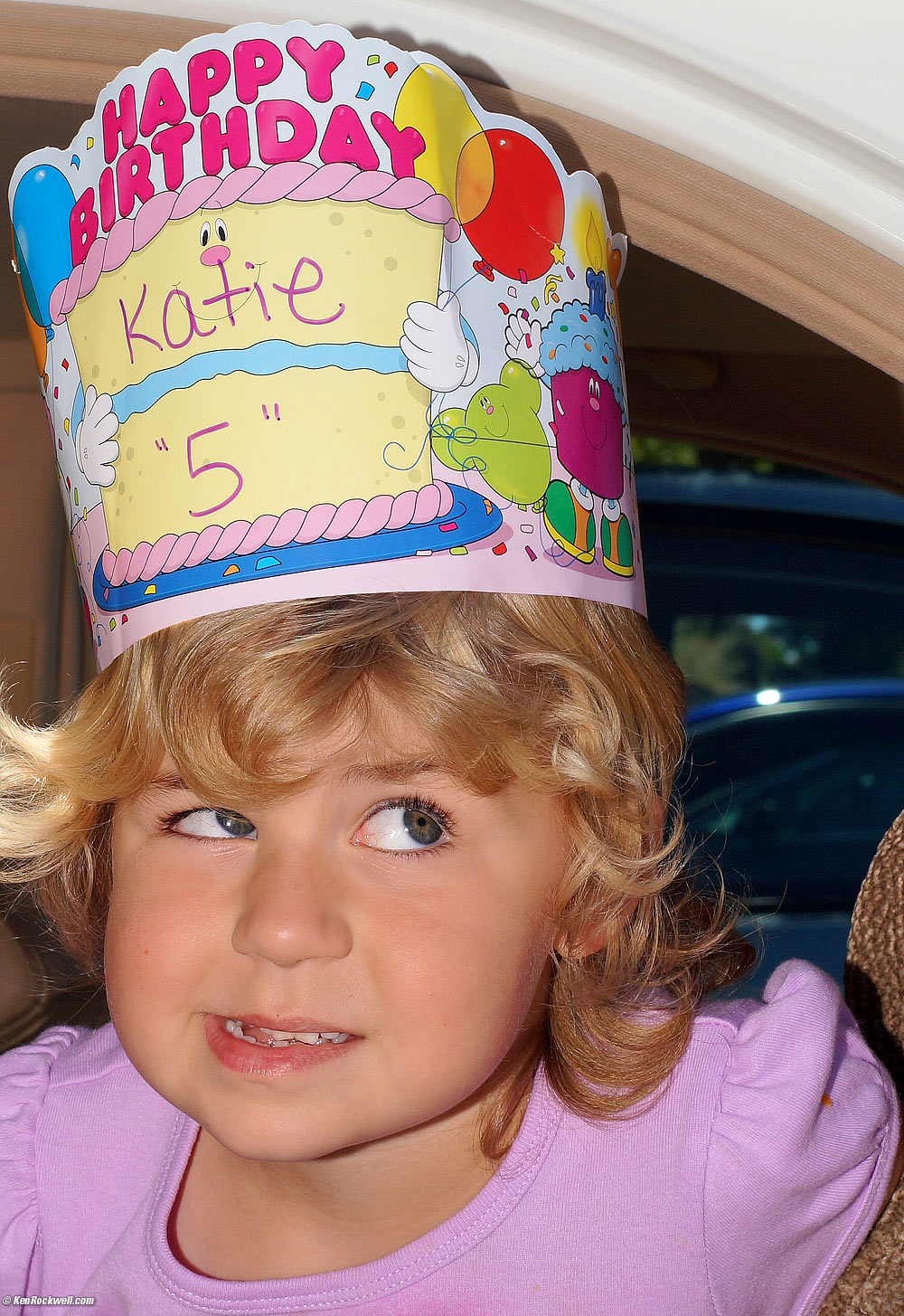











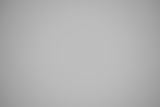
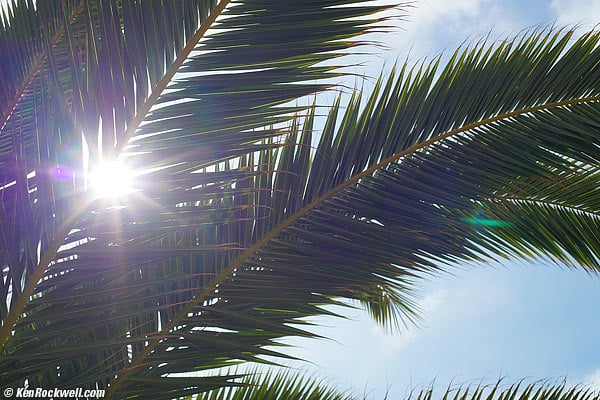



No comments:
Post a Comment